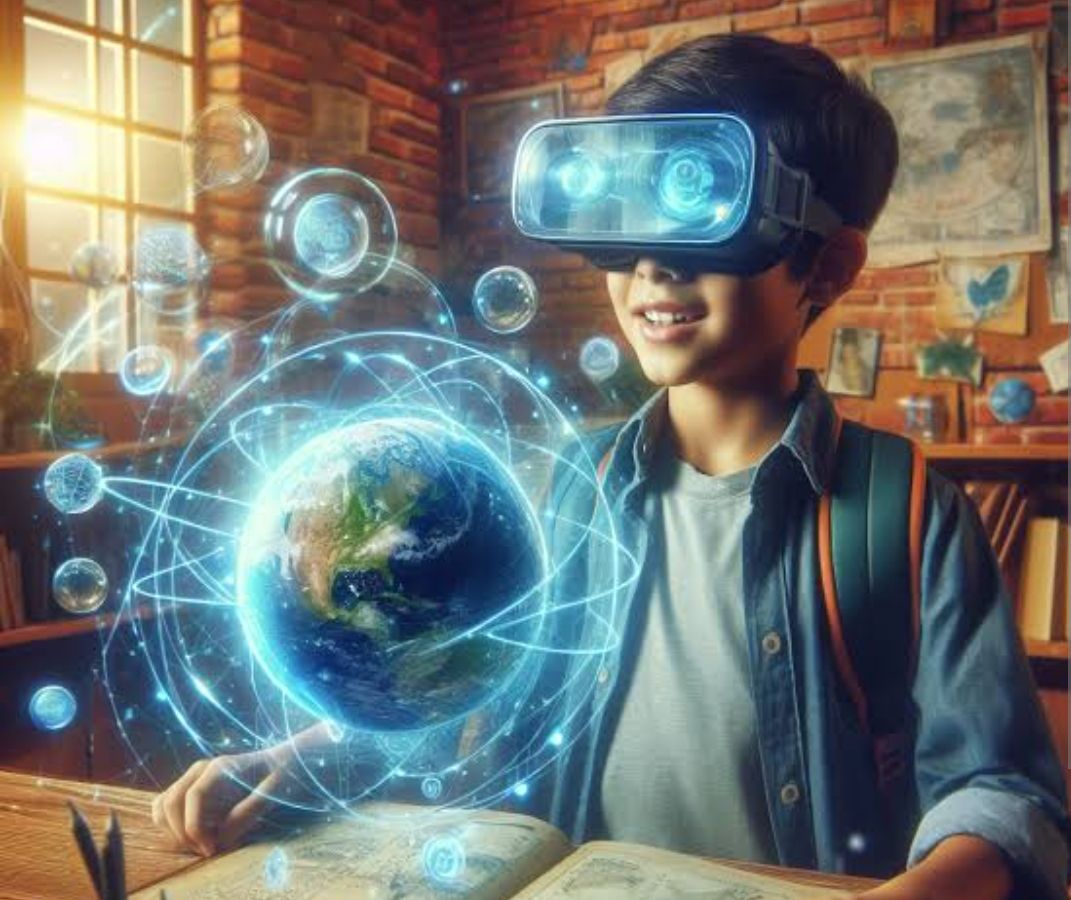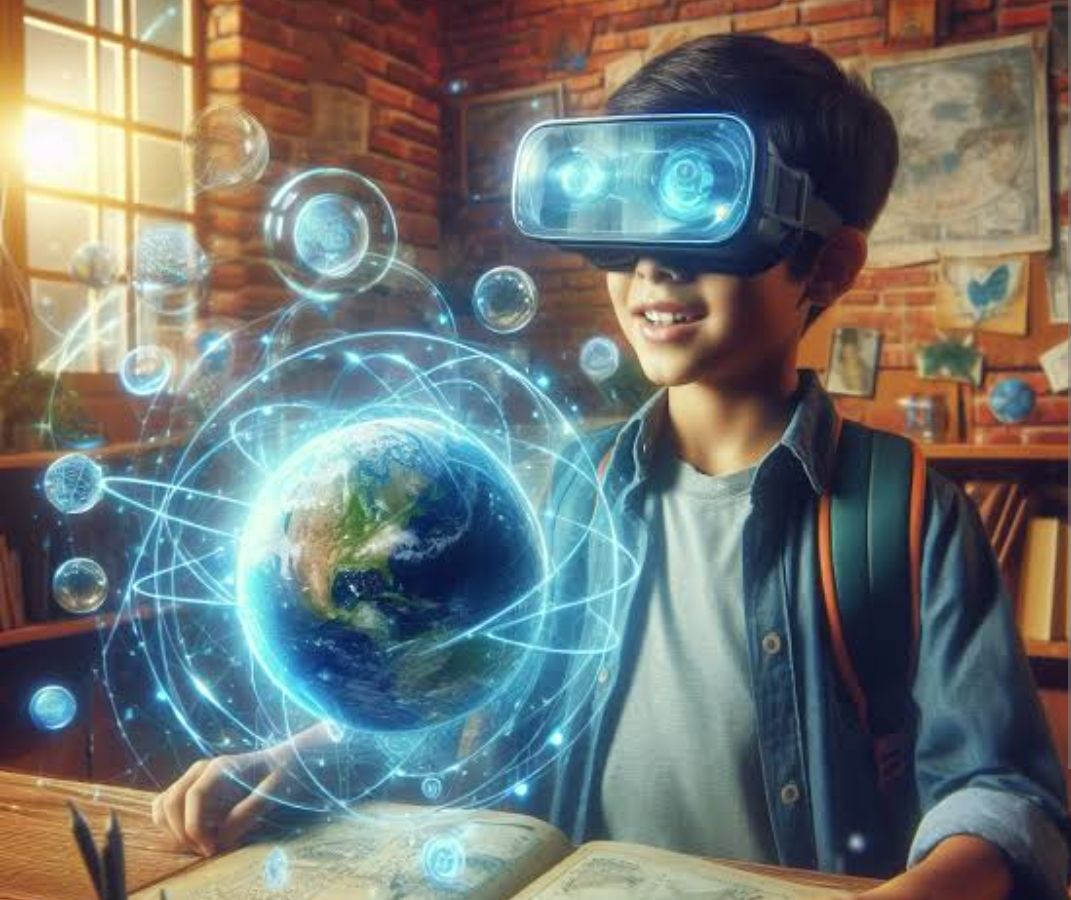
The education landscape is undergoing a revolutionary transformation with the advent of augmented reality (AR). By blending digital elements with the physical world, AR offers immersive learning experiences that can enhance engagement, comprehension, and retention. In this post, we’ll delve into the impact of augmented reality on learning experiences, its benefits, challenges, and practical applications in education.
The Rise of Augmented Reality in Education
Augmented reality overlays digital information onto the real world through devices such as smartphones, tablets, and AR glasses. This technology is rapidly gaining traction in education due to its potential to make learning more interactive and engaging.
Benefits of Augmented Reality in Education
- Enhanced Engagement
AR transforms traditional learning materials into interactive experiences. For example, students can visualize complex concepts, such as the anatomy of the human body or historical events, in a 3D space, making learning more captivating. - Improved Comprehension
By providing visual and hands-on experiences, AR helps students grasp abstract concepts more easily. It bridges the gap between theoretical knowledge and real-world application. - Increased Motivation
Gamified AR experiences can motivate students to participate actively in their learning process. The element of fun and exploration can drive curiosity and a love for learning. - Personalized Learning
AR allows for personalized learning experiences tailored to individual student needs. Educators can create customized AR content that addresses different learning styles and paces. - Collaboration and Social Learning
AR can facilitate collaborative learning by enabling students to work together on interactive projects. It promotes teamwork and communication skills as students share their AR experiences and findings.
Challenges of Implementing Augmented Reality in Education
- Cost and Accessibility
The cost of AR devices and development can be a barrier for some educational institutions. Ensuring equitable access to AR technology for all students is essential. - Technical Limitations
AR technology requires reliable hardware and software. Technical issues, such as device compatibility and software glitches, can hinder the seamless integration of AR into the classroom. - Content Development
Creating high-quality AR educational content requires expertise and resources. Educators may need support in developing and implementing effective AR lessons.
Practical Applications of Augmented Reality in Education
- Virtual Field Trips
AR can bring field trips to the classroom, allowing students to explore distant places, historical sites, and natural wonders without leaving their school. - Interactive Textbooks
AR-enabled textbooks can provide supplementary information, 3D models, and interactive exercises that enhance traditional learning materials. - Simulations and Training
AR simulations can offer safe and controlled environments for students to practice skills, such as medical procedures, engineering tasks, and scientific experiments. - Language Learning
AR applications can immerse students in language learning environments, providing contextual interactions with vocabulary and grammar in real-world settings. - STEM Education
AR can make STEM (Science, Technology, Engineering, and Mathematics) subjects more accessible and engaging by visualizing complex concepts and facilitating hands-on experiments.
Conclusion
Augmented reality has the potential to revolutionize education by creating immersive, interactive, and personalized learning experiences. As this technology continues to evolve, educators must explore and embrace its possibilities to enhance student engagement and comprehension.
Are you excited about the future of education with augmented reality? Stay updated with the latest trends and insights by subscribing to our newsletter. Don’t miss out on valuable information.











